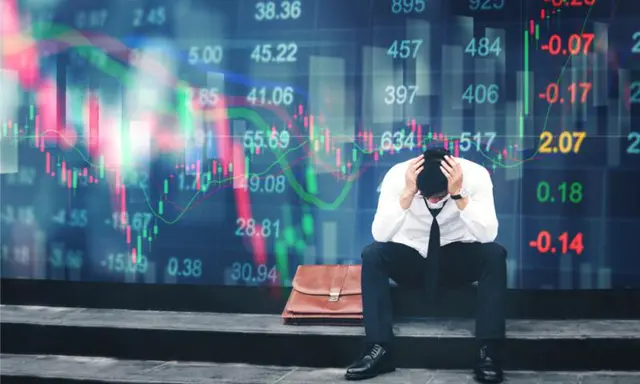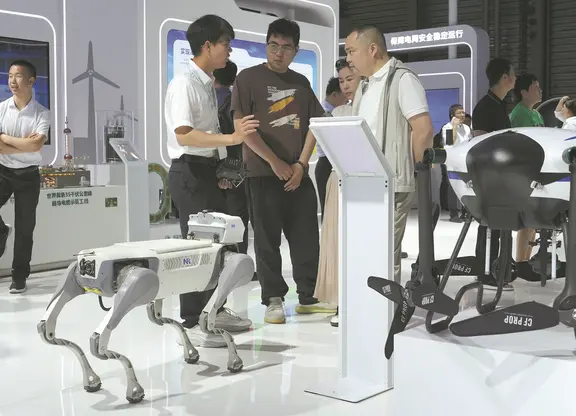By APD writer Alice
After the trade war between the US and China, the acute respiratory disease caused by the novel coronavirus (COVID-19), a continent-wide recession would reverse Asia’s economic progress and put millions into poverty, according to the World Bank’s assessment.
The recession, called by the World Bank as the "third shock," is likely to push East Asian growth this year down to 2.1% from 5.8% in 2019. This, however, is the best-case scenario, in the context that China’sgross domestic product (GDP) growth fallsto 2.3%. In the lower-case scenario, theregional growth will stand at 0.5%.
However, it is hard not to fear that the World Bank is pulling its punches. For example, its projection that 11 million people could fall into poverty seems to be too conservative for a region of more than 1.7 billion people confronting one crisis after another over the last dozen years. Moreover, the organisation’s forecast is based on the assumption that the region's GDP growth will strongly bounce back at the end of this year.For China, the growth rate hovering around 2% is full-blown-crisis territory. If things do not go as expected and there is no recovery in the second half, China's GDP will not grow at all in 2020.
Meanwhile, Japan said its economy was in a severe situation. The lack of things to absorb these shocks is arguably unprecedented. In 1997, increased demand in the US supported Asia’s efforts, which was more efficient than International Monetary Fund (IMF) handouts. In 2008, a huge stimulus package made China a regional buyer of last resort.
But now US President Donald Trump's tariffs have disrupted the supply chains on which Asia relies on to create jobs and tax revenues. And COVID-19 has forced billions to stay home, hindering them to consume much.This third shock is hovering over all. It isa financial storm on the horizon threatening to halt global commerce. Emerging market investors appear to be bracing for a scenario worse thanwhatthe World Bank has given. The Institute for International Finance (IIF), for example, warns of a second waveof capital flight if things deteriorate further.
"The COVID-19 shock has resulted in a pronounced sudden stop in capital flows to emerging markets," says IIF economist Robin Brooks. The IIF's daily measurements point to "the largest emerging markets outflows ever" in the first quarter. These outflows are roughly twice the size of those at the peak of the global financial crisis.
However, developing Asia faces challenges that are bigger than the three shocks the World Bank detailed, including a comprehensive recession. In 2008 and 2013, some economies and sectors took hits, while others stood their ground. But the 2020 downshift covers all.
Trade, tourism, commodities and remittances are all hurt. The Bank of Thailand forecasts a 5.3% contraction in Southeast Asia's second biggest economy this year. The World Bank thinks Malaysia will shrink in all scenarios. Indonesia and the Philippines might eke out modest growth, though both could easily contract, too. Vietnam, Cambodia and Myanmar seem better positioned to ride out the storm.
The region also faces another problem: aggressive fiscal and monetary stimulus since the 2008 crisis has left less ammunition to reignite demand. High levels of public debt in China, Malaysia, Thailand and Vietnam are currently major vulnerabilities.
In fact, Asia is really not well prepared to confront this triple whammy of threats. This makes the World Bank's warning a timely wake-up call. If regional leaders do not care about it, 2020 will be remembered as the year Asia's hard-fought economic gains hit a wall.
(ASIA PACIFIC DAILY)
 简体中文
简体中文




